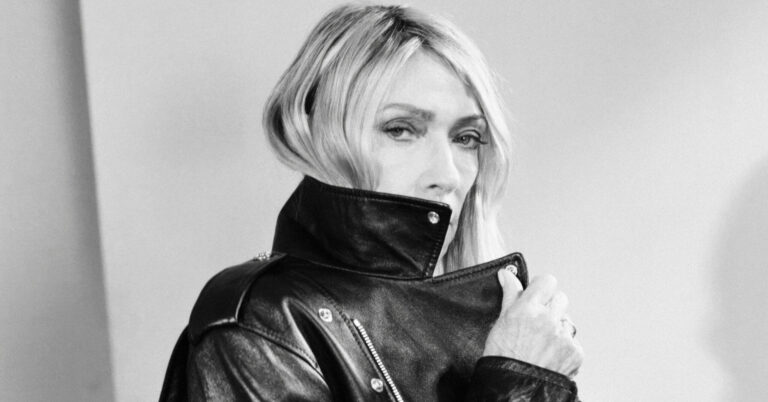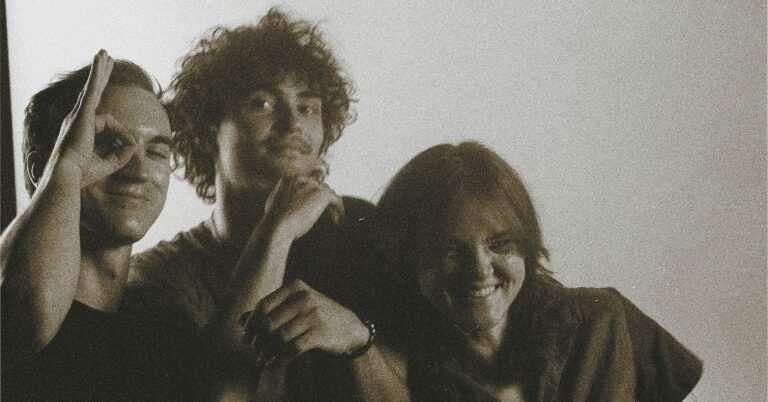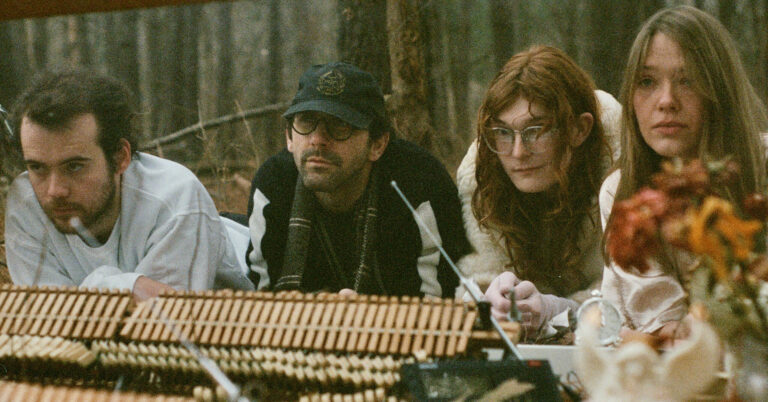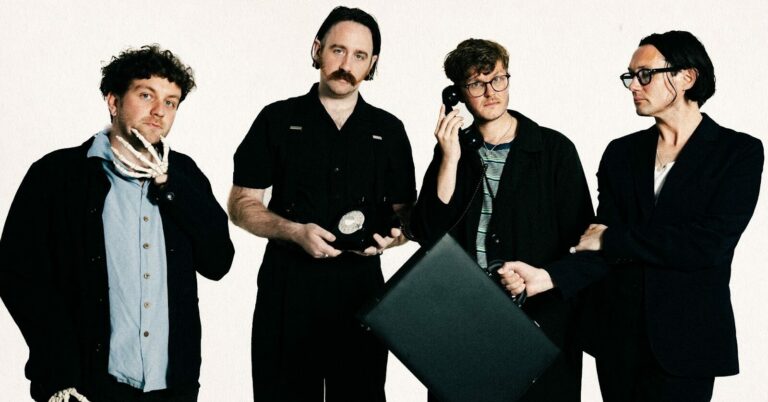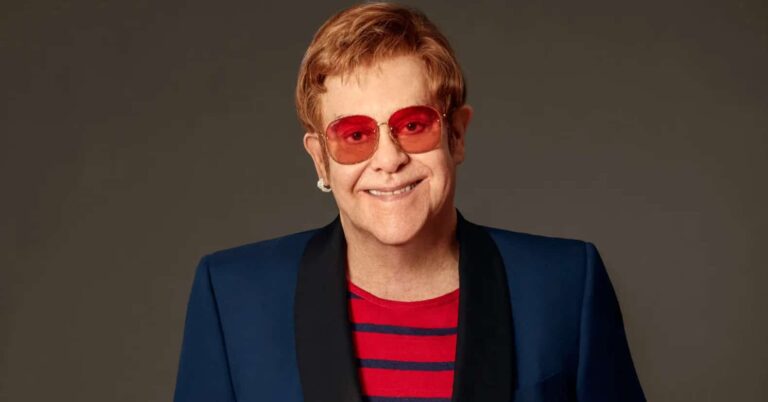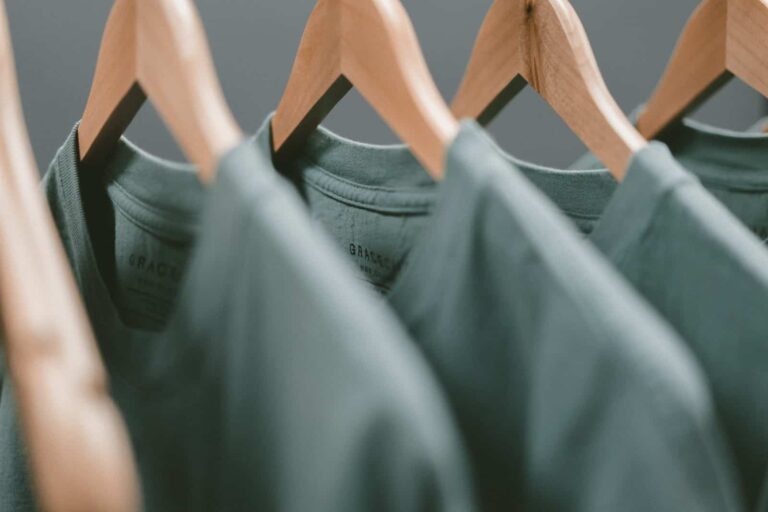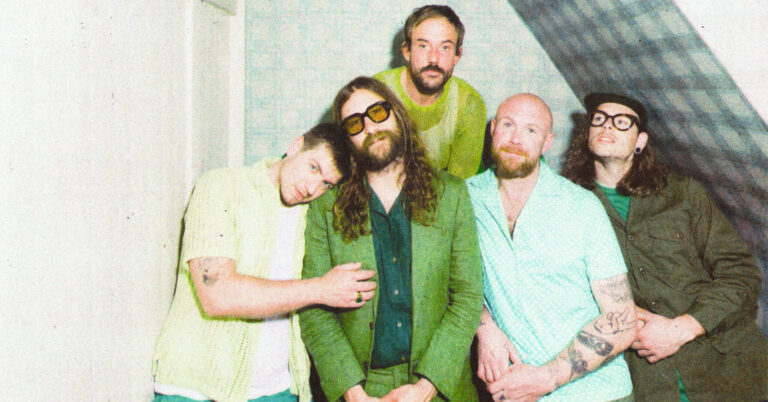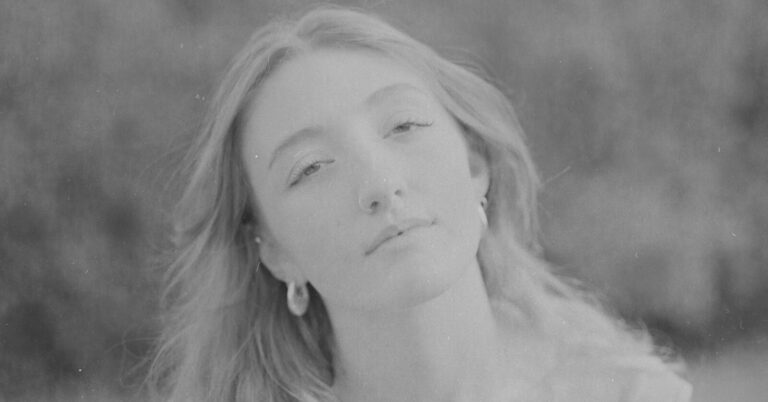In this comprehensive guide, we explore the essential financial management strategies and tools tailored for artists, musicians, and other creative professionals. We delve into the nuances of budgeting, expense tracking, and planning for the irregular income streams that are common in the creative industry.
Introduction
The life of a creative professional, be it an artist, musician, or writer, is often filled with passion and artistic fulfillment. However, one aspect that can be particularly challenging is managing finances. Unlike traditional 9-to-5 jobs, creative careers are known for their irregular income streams, making financial planning a complex but essential task. The key to thriving in such an environment lies in understanding and utilizing the right financial tools and strategies.
In this article, we will explore various methods and tools that are crucial for financial management in creative fields. We will discuss the importance of budgeting, the art of tracking expenses, and strategies to cope with the unpredictability of income. Additionally, we will introduce some modern tools, including paystubs generators, which can be a game-changer for freelancers and independent artists.
Section 1: Budgeting – Crafting a Financial Blueprint
Navigating the Unpredictable Waters of Creative Income
Understanding Your Income: Estimating and Projecting Irregular Earnings
For many creative professionals, income is not steady or predictable. Unlike salaried workers, artists and freelancers often deal with a fluctuating stream of earnings, making financial planning a unique challenge. Here’s how to approach it:
- Estimate Annual Income: Begin by reviewing your income from the past year. Identify patterns or seasonal trends in your earnings. This retrospective analysis provides a baseline for estimating your annual income.
- Projecting Future Earnings: Based on past trends, project your income for the upcoming year. Be conservative in your estimates to avoid overestimating.
- Monthly Income Averaging: Divide your estimated annual income by 12 to get a monthly average. This helps in creating a monthly budget, even with irregular earnings.
Categorizing Expenses: Differentiating Between Fixed and Variable Costs
Effective budgeting requires a clear understanding of your expenses. In creative professions, expenses can range from art supplies to travel costs for performances or exhibitions.
- Fixed Expenses: These are recurring costs like rent, utilities, and subscriptions. Identifying these helps in understanding the minimum you need to earn each month.
- Variable Expenses: These fluctuate and may include material costs, marketing expenses, and other work-related expenditures. Tracking these helps in identifying areas for potential savings.
Setting Financial Goals: The Importance of Short-term and Long-term Planning
Financial goals give direction to your budgeting efforts. As a creative professional, your goals might include saving for new equipment, funding a project, or building an emergency fund.
- Short-term Goals: These are achievable within a year and might include saving for a new instrument or software.
- Long-term Goals: These require more time and might involve larger objectives like buying a studio space or planning for retirement.
Budgeting Tools: Tailored Software and Apps for Freelancers and Creatives
In the digital age, numerous tools are available to simplify budgeting. Apps and software designed for freelancers can accommodate irregular income streams and help track both earnings and expenses. Some notable options include:
- Freelancer-Focused Budgeting Apps: These apps are designed to handle fluctuating incomes and expenses, providing a clear view of your financial health.
- Paystubs Generator: For freelancers who need to provide proof of income, a paystubs generator can be invaluable. It helps in creating professional paystubs based on your earnings, which is useful for loan applications or renting apartments. Additionally, these generators often come with customizable templates, making it easy to align the paystub with personal or professional branding requirements.
- Expense Tracking Tools: Keeping a close eye on expenses is crucial. Digital tools can automate this process, categorizing expenses and even alerting you to overspending.
Budgeting is a dynamic process, especially for creative professionals. It requires regular review and adjustment to reflect changes in income and expenses. By mastering these financial management skills, creatives can ensure their passion is also a sustainable career.
Section 2: Mastering Expense Tracking – A Critical Tool for Financial Health
Turning Expenses into Opportunities for Financial Insight
In the world of creative professions, where income can be as variable as the inspiration that drives it, mastering the art of expense tracking is not just a necessity—it’s a path to financial empowerment. Here’s how to approach it:
Identifying and Categorizing Expenses: The First Step to Control
- Receipt Management: Keeping track of receipts, whether digital or paper, is crucial. Tools like receipt scanning apps can digitize and categorize them for you.
- Categorization: Group expenses into categories such as materials, travel, marketing, and personal. This helps in understanding where your money is going and identifying areas for potential savings.
- Periodic Review: Regularly reviewing categorized expenses can reveal spending patterns and opportunities for budget adjustments.
Technology at Your Service: Utilizing Digital Tools for Expense Management
Leveraging technology simplifies and enhances the accuracy of tracking expenses. Here are some tools that can be particularly useful:
- Expense Tracking Apps: These apps can automatically track and categorize expenses, link to bank accounts, and even generate spending reports.
- Integration with Budgeting Tools: Some expense tracking tools integrate seamlessly with budgeting apps, providing a comprehensive view of your financial situation.
The Role of Paystubs Generators in Expense Management
While primarily used for income verification, paystubs generators can also play a role in expense management for freelancers and independent artists:
- Documenting Income: Regularly generating paystubs helps in keeping a consistent record of income, which is essential when comparing against expenses.
- Financial Record Keeping: Paystubs provide a detailed record of earnings, which is useful for tax purposes and understanding your financial flow.
Making Informed Financial Decisions: The Outcome of Effective Expense Tracking
Effective expense tracking leads to informed financial decisions. It enables creative professionals to:
- Adjust Budgets Realistically: With a clear view of expenses, it becomes easier to adjust budgets in a way that aligns with actual spending habits.
- Identify Unnecessary Expenses: Regular tracking can highlight areas where costs can be cut, freeing up funds for more important aspects of your creative endeavor.
- Plan for Future Investments: Understanding your spending helps in planning for future investments in your career, such as new equipment or professional development.
Expense tracking, though often viewed as a tedious task, is a powerful tool in the financial toolkit of any creative professional. It provides clarity, control, and the ability to make strategic decisions about where to allocate your hard-earned money.
Ready to move on to the next section about planning for irregular income streams, or is there anything else on expense tracking you’d like to explore?
Section 3: Planning for Irregular Income Streams – Strategies for Financial Stability
Turning Income Uncertainty into a Manageable Financial Plan
One of the most daunting aspects of a creative career is the unpredictability of income. However, with strategic planning, this irregularity can be managed effectively. Here’s how to approach it:
Understanding the Nature of Irregular Income
- Identifying Income Patterns: Even irregular incomes often have patterns. For instance, a musician might earn more during summer festival seasons.
- Recognizing High and Low Earnings Periods: Identifying periods of high and low income can help in planning expenses accordingly.
Building a Financial Buffer: The Key to Managing Fluctuations
- Emergency Fund: Aim to build an emergency fund that covers at least 3-6 months of expenses. This acts as a buffer during lean periods.
- Save During High-Income Periods: Allocate a higher percentage of income to savings during more lucrative periods to compensate for leaner times.
Smart Use of Financial Tools
- Separate Business and Personal Finances: Use different accounts for business and personal finances. This helps in better tracking and management.
- Utilization of Paystubs Generators: For irregular earners, a paystubs generator is vital. It helps in documenting income, which is useful for tax purposes and when applying for loans or leases. The best paystub generators include: ThePayStubs.com, Shopify.com, Wix.com, PayStubCreator.net, and PayStubs.net offer efficient solutions for generating detailed and credible paystubs.
Strategic Spending and Investment
- Spend Wisely During High-Income Periods: Avoid the temptation to overspend during prosperous times. Instead, invest in tools, training, or resources that can enhance your career.
- Invest in Income-Generating Assets: If possible, invest in assets that can provide a passive income stream, adding an extra layer of financial security.
Tax Planning: An Essential Aspect of Managing Irregular Income
- Quarterly Taxes: Since income is irregular, paying estimated taxes quarterly can prevent year-end tax burdens.
- Seek Professional Advice: Consulting with a tax professional can help navigate the complexities of taxes for freelancers and independent artists.
Planning for irregular income is about creating a safety net that allows you to focus on your creative pursuits without financial stress. By understanding your income patterns, building a buffer, using the right tools, and spending strategically, you can turn the unpredictability of a creative career into a manageable, even advantageous, financial situation.
Section 4: Long-Term Financial Planning for Creative Professionals
Securing Your Financial Future in the Creative Industry
Long-term financial planning is crucial for creative professionals who often face uncertain income streams and unique career trajectories. This section focuses on strategies to ensure financial security and stability in the long run.
Setting Long-Term Financial Goals
- Retirement Planning: Start planning for retirement early. Consider IRAs or other retirement accounts suitable for self-employed individuals.
- Long-Term Investment Strategies: Diversify your investments to include stocks, bonds, and other assets to mitigate risk and grow your wealth over time.
- Planning for Major Life Events: Whether it’s buying a house, funding an art exhibition, or saving for a child’s education, setting clear long-term financial goals is essential.
Importance of Insurance and Protection
- Health Insurance: Secure a health insurance plan to protect against unforeseen medical expenses.
- Disability Insurance: This is particularly important for creatives, whose livelihood often depends on their physical and mental well-being.
- Business Insurance: If you own a studio or have valuable equipment, consider business insurance to protect your assets.
Utilizing Financial Advising and Management Services
- Seek Professional Financial Advice: Financial advisors can provide valuable guidance tailored to the unique needs of creative professionals.
- Regular Financial Reviews: Regularly review your financial plan to ensure it aligns with your changing career and personal goals.
Leveraging Modern Financial Tools
- Investment Apps and Platforms: Utilize modern financial tracking platforms to easily manage and monitor your investments.
- Paystubs Generators for Financial Records: Regular use of paystubs generators helps in maintaining accurate financial records, which are vital for long-term financial planning and loan applications.
Estate Planning: Securing Your Artistic Legacy
- Wills and Trusts: Ensure that your assets, including intellectual and artistic properties, are properly managed and distributed according to your wishes.
- Succession Planning: If you run a creative business, plan for its future management and ownership.
Long-term financial planning empowers creative professionals to not only secure their financial future but also to leave a lasting artistic legacy. By setting goals, ensuring protection through insurance, seeking professional advice, leveraging modern tools, and planning for estate management, creatives can achieve both peace of mind and financial stability.
This concludes our comprehensive guide on “The Art of Money Management: Essential Financial Tools for Creative Professionals.” Whether you’re just starting out or are a seasoned artist, these strategies and tools will help you navigate the financial aspects of your creative journey.
Conclusion: Empowering Creativity with Financial Savvy
In the vibrant and dynamic world of creative professions, managing finances is as much an art as it is a science. This guide has traversed the essential aspects of financial management tailored for artists, musicians, and other creative professionals. We’ve delved into the intricacies of budgeting, the discipline of expense tracking, the strategies for managing irregular income, and the foresight required for long-term financial planning.
At the heart of this journey is the understanding that financial stability doesn’t stifle creativity; rather, it provides the foundation upon which artistic freedom and innovation can flourish. By mastering the art of money management, using tools like paystubs generators for regular income documentation, and embracing strategies for both short-term needs and long-term goals, creatives can focus on what they do best – creating.
Remember, the path to financial well-being in a creative career isn’t linear. It’s a continuous process of learning, adapting, and growing. As you navigate your artistic journey, let these financial tools and strategies be your companions, ensuring that your passion for creativity is matched by a robust and resilient financial plan.
Whether you’re painting a canvas, composing a symphony, or writing the next great novel, your creative pursuits deserve a solid financial backing. With the right approach to money management, you’re not just securing your financial future; you’re investing in your artistic legacy.
